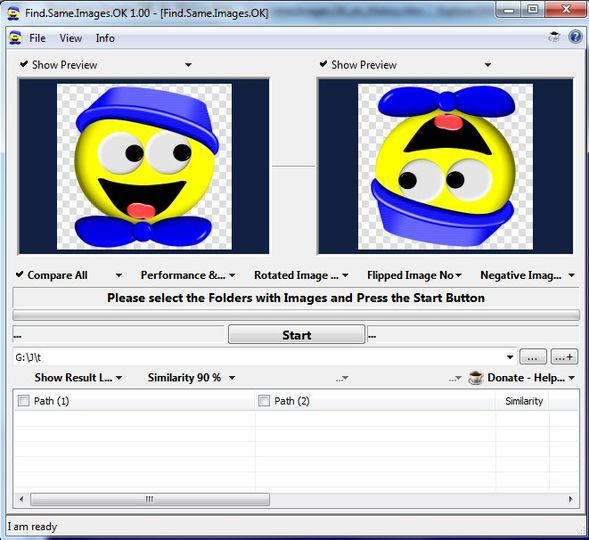

For example: export PATH="$MAGICK_HOME/bin:$PATH If the bin subdirectory of the extracted package is not already in your executable search path, add it to your PATH environment variable. $ export MAGICK_HOME="$HOME/ImageMagick-6.9.12" Set the MAGICK_HOME environment variable to the path where you extracted the ImageMagick files. Next, extract the contents of the package. Note, if there are missing dependencies, install them from the EPEL repo.įor other systems, create (or choose) a directory to install the package into and change to that directory, for example: cd $HOME Simply type the following command and you're ready to start using ImageMagick: e.g., `~/.config/ImageMagick/policy.xml` and verify with this command: `./magick -list policy`.ĭevelopment, Perl, C++, and documentation RPM's. Simply add a custom security policy in your local path. ImageMagick recommended practices strongly encourage you to configure a security policy that suits your local environment. This AppImage has an open security policy. Supports various image formats (JPG, PNG, WMF, etc.Complete portable application on Linux, no installation required.Portable with the option for installation.This little utility works extremely fast and can be set to search specific areas. provides you with image previews so you can check them by eye for an added evaluation of what it has located during the scan.į will be useful for those with many image files taking up disk space and are confronted with the time-consuming task of finding and deleting them. It also finds images that are rotated and mirrored.

is designed to locate duplicate images and any that are rotated or mirrored and more.īut it should not be considered a simple duplicate image finder because it generates graphics signatures and then compares them down to the pixel level.


 0 kommentar(er)
0 kommentar(er)
